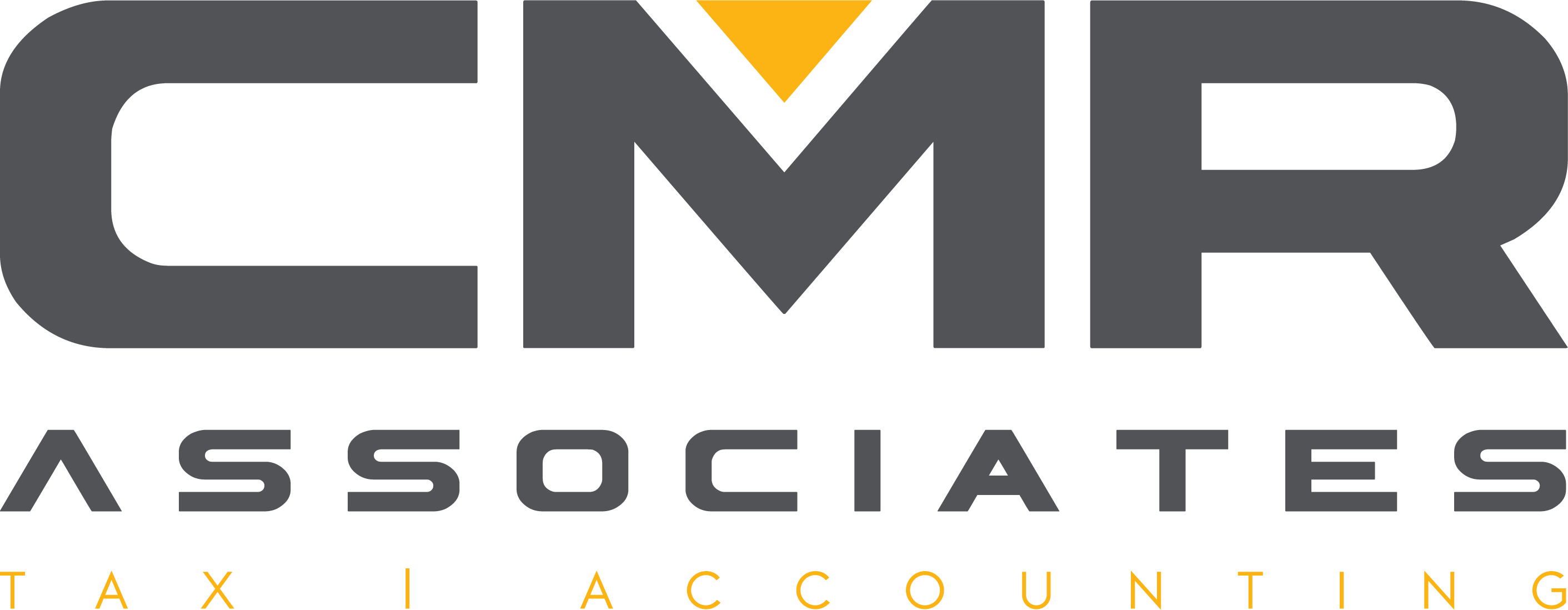
It’s not too late: You can still set up a retirement plan for 2018
If most of your money is tied up in your business, retirement can be a challenge. So if you haven’t already set up a tax-advantaged retirement plan, consider doing so this year. There’s still time to set one up and make contributions that will be deductible on your 2018 tax return!
More benefits
Not only are contributions tax deductible, but retirement plan funds can grow tax-deferred. If you might be subject to the 3.8% net investment income tax (NIIT), setting up and contributing to a retirement plan may be particularly beneficial because retirement plan contributions can reduce your modified adjusted gross income and thus help you reduce or avoid the NIIT.
If you have employees, they generally must be allowed to participate in the plan, provided they meet the qualification requirements. But this can help you attract and retain good employees.
And if you have 100 or fewer employees, you may be eligible for a credit for setting up a plan. The credit is for 50% of start-up costs, up to $500. Remember, credits reduce your tax liability dollar-for-dollar, unlike deductions, which only reduce the amount of income subject to tax.
3 options to consider
Many types of retirement plans are available, but here are three of the most attractive to business owners trying to build up their own retirement savings:
1. Profit-sharing plan. This is a defined contribution plan that allows discretionary employer contributions and flexibility in plan design. You can make deductible 2018 contributions as late as the due date of your 2018 tax return, including extensions — provided your plan exists on Dec. 31, 2018. For 2018, the maximum contribution is $55,000, or $61,000 if you are age 50 or older and your plan includes a 401(k) arrangement.
2. Simplified Employee Pension (SEP). This is also a defined contribution plan, and it provides benefits similar to those of a profit-sharing plan. But you can establish a SEP in 2019 and still make deductible 2018 contributions as late as the due date of your 2018 income tax return, including extensions. In addition, a SEP is easy to administer. For 2018, the maximum SEP contribution is $55,000.
3. Defined benefit plan. This plan sets a future pension benefit and then actuarially calculates the contributions needed to attain that benefit. The maximum annual benefit for 2018 is generally $220,000 or 100% of average earned income for the highest three consecutive years, if less. Because it’s actuarially driven, the contribution needed to attain the projected future annual benefit may exceed the maximum contributions allowed by other plans, depending on your age and the desired benefit.
You can make deductible 2018 defined benefit plan contributions until your tax return due date, including extensions, provided your plan exists on Dec. 31, 2018. Be aware that employer contributions generally are required.
Sound good?
If the benefits of setting up a retirement plan sound good, contact us. We can provide more information and help you choose the best retirement plan for your particular situation.




